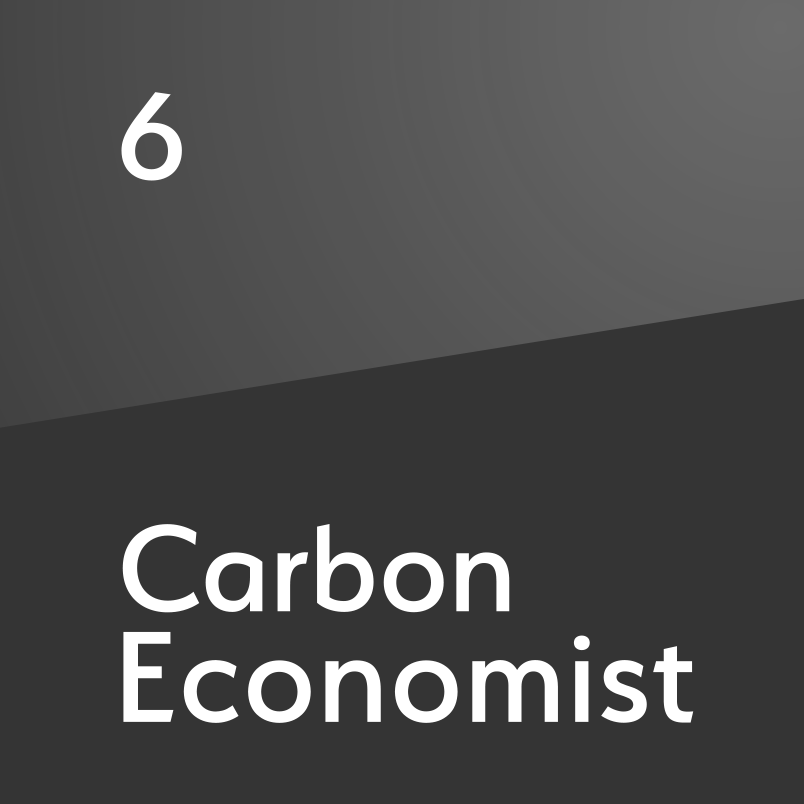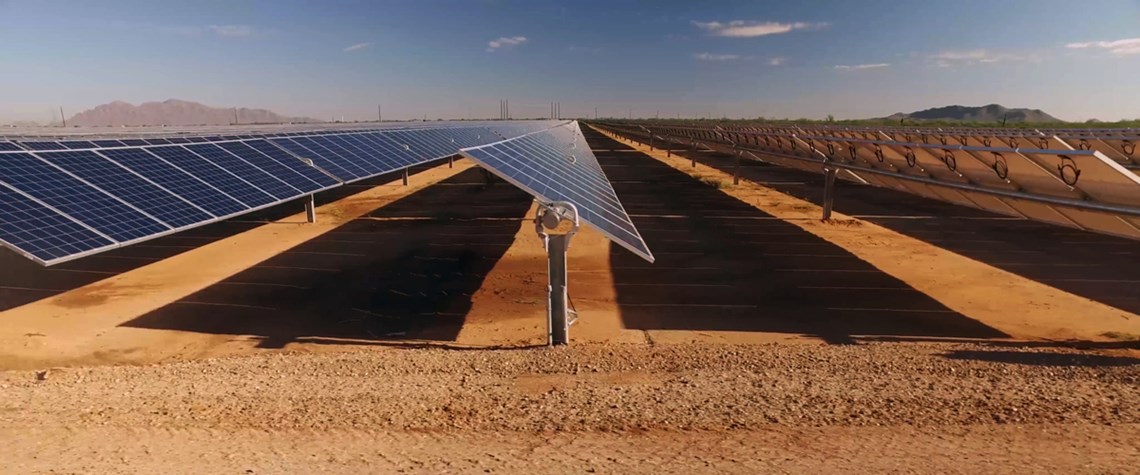Letter from the Middle East: UAE mulls going net zero
The hydrocarbons producer could look to unlock certain benefits by being in the regional low-carbon vanguard
There are increasing hints the UAE may be about to make a commitment to net-zero carbon emissions. Although following several large developed countries as well as China, it would be a remarkable step for a leading and growing oil exporter. Such a decision would raise two important questions: why, and how? Net-zero commitments call for CO₂ and other greenhouse gas emissions to be reduced as far as possible and for any residual emissions to be mopped up, for instance by reforestation or direct removal of atmospheric CO₂. News agency Bloomberg suggested the UAE could make a declaration before the next UN climate conference, Cop26, in Glasgow this November, potentially linked to the UAE’s ambiti

Also in this section
5 December 2025
Mistaken assumptions around an oil bull run that never happened are a warning over the talk of a supply glut
4 December 2025
Time is running out for Lukoil and Rosneft to divest international assets that will be mostly rendered useless to them when the US sanctions deadline arrives in mid-December
3 December 2025
Aramco’s pursuit of $30b in US gas partnerships marks a strategic pivot. The US gains capital and certainty; Saudi Arabia gains access, flexibility and a new export future
2 December 2025
The interplay between OPEC+, China and the US will define oil markets throughout 2026







